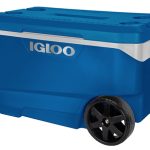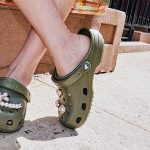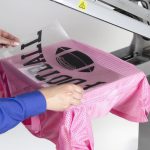In its bid to develop a comprehensive sustainability index, OIAs Eco Working Group is eyeing packaging standards developed by REI, tannery standards developed by the leather industry and design concepts developed by Nike and Timberland.
“Its collaboration,” said Kevin Myette, chairman of the working group and director of product integrity and R&D for REI. “That whats going to make this process work. A lot of work has already been done and its our job to pick from the best solutions that already exist, supplement them where needed and come up with the common language needed to talk about the environmental impact of our products.”
At a three-day meeting in Boulder last week, more than 90 participants started hammering out the framework that will determine how the industry measures its environmental foot print. Those attending broke into groups representing apparel, footwear and equipment and began discussing how design, materials, toxins, waste and packaging determine a companys or a products impact.
While most of the heavy lifting needed to create an index remains, the group will narrow its focus in coming months on.
· Better defining the framework. In discussions last week, water use emerged as an important topic and could ultimately displace one of the other criteria being considered.
· Beginning to assess the current environmental impact of the industry and its products. The idea is to develop benchmark data against which the industry can measure its progress.
· Hiring a third-party convener before the Outdoor Retailer Summer Market. This organization, which will likely be a non-profit, will be paid to manage whats likely to be a multi-year process of designing the index. That will require engaging the correct stakeholders including second and third tier suppliers – to ensure that the ultimate index will have integrity.
· Ensure that the process serves companies large and small, regardless of their resources. “We will fail if we create an index that only works for a large organization,” said Myette. “A lot of the innovation and heart and soul of the outdoor industry comes from small organizations.”
· Fast track development of standards for packaging. REI has shared the design guidelines and criteria it has developed to measure the impact of its private label packaging with MEC and on the groups web site. “Packaging may not be the most environmentally impactful, however, it is consumer facing and is a potential quick win,” said Myette. “It is probably something we can move pretty quickly on.”
The groups efforts are entirely voluntary, but come amidst a torrent of green marketing that could one day prompt regulation by the Federal Trade Commission.
“Ultimately, our objective as an industry is to get ahead of that,” Myette said of potential government regulation. “One of the challenges of the FTC right now is getting their head around all the green marketing going on. The truth is that green marketing varies from wonderful truth to greenwashing. This is a proactive effort to get the right language. So, ultimately if we do this well, we could influence legislation. That is a motivation. Your first motivation, hopefully, is that your heart is in the right place.”
Individuals interesting in reviewing the groups work or participating are invited to visit the groups website at www.oia-eco.org/blog.















